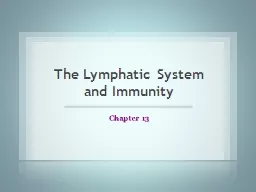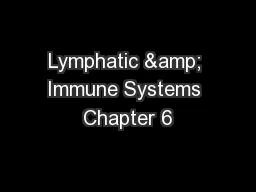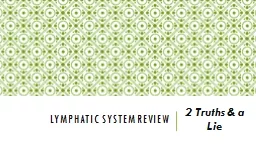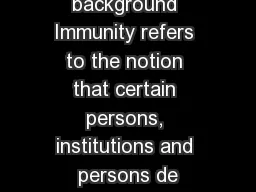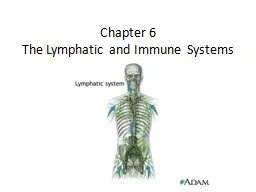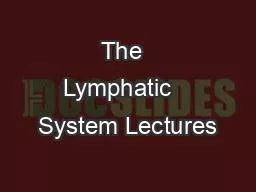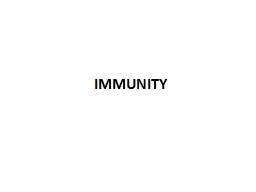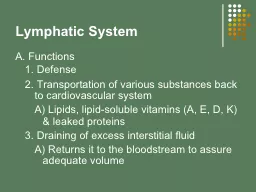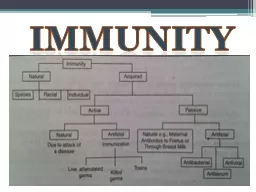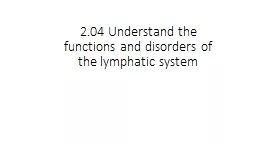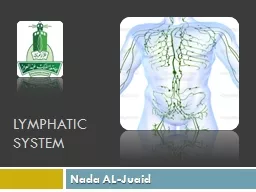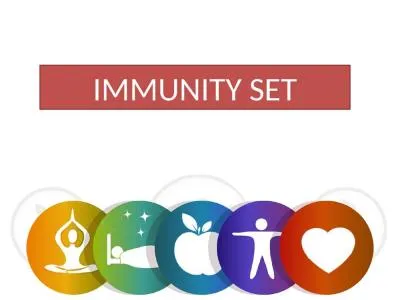PPT-The Lymphatic System and Immunity
Author : madison | Published Date : 2022-02-15
Chapter 13 The Lymphatic System THE LYMPHATIC SYSTEM Lymph fluid in the tissue spaces that carries protein molecules and other substances back to the blood Lymphatic
Presentation Embed Code
Download Presentation
Download Presentation The PPT/PDF document "The Lymphatic System and Immunity" is the property of its rightful owner. Permission is granted to download and print the materials on this website for personal, non-commercial use only, and to display it on your personal computer provided you do not modify the materials and that you retain all copyright notices contained in the materials. By downloading content from our website, you accept the terms of this agreement.
The Lymphatic System and Immunity: Transcript
Download Rules Of Document
"The Lymphatic System and Immunity"The content belongs to its owner. You may download and print it for personal use, without modification, and keep all copyright notices. By downloading, you agree to these terms.
Related Documents

